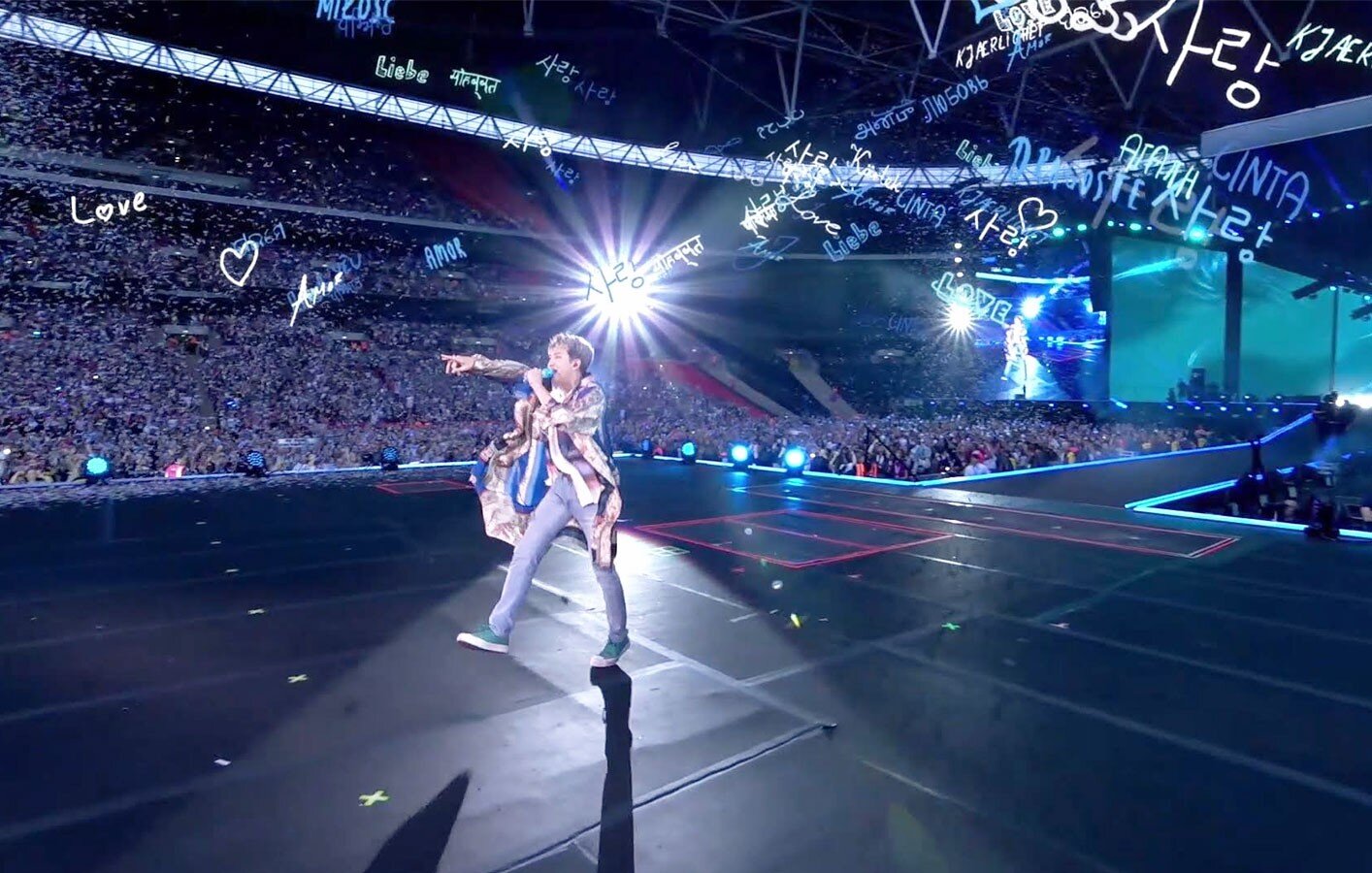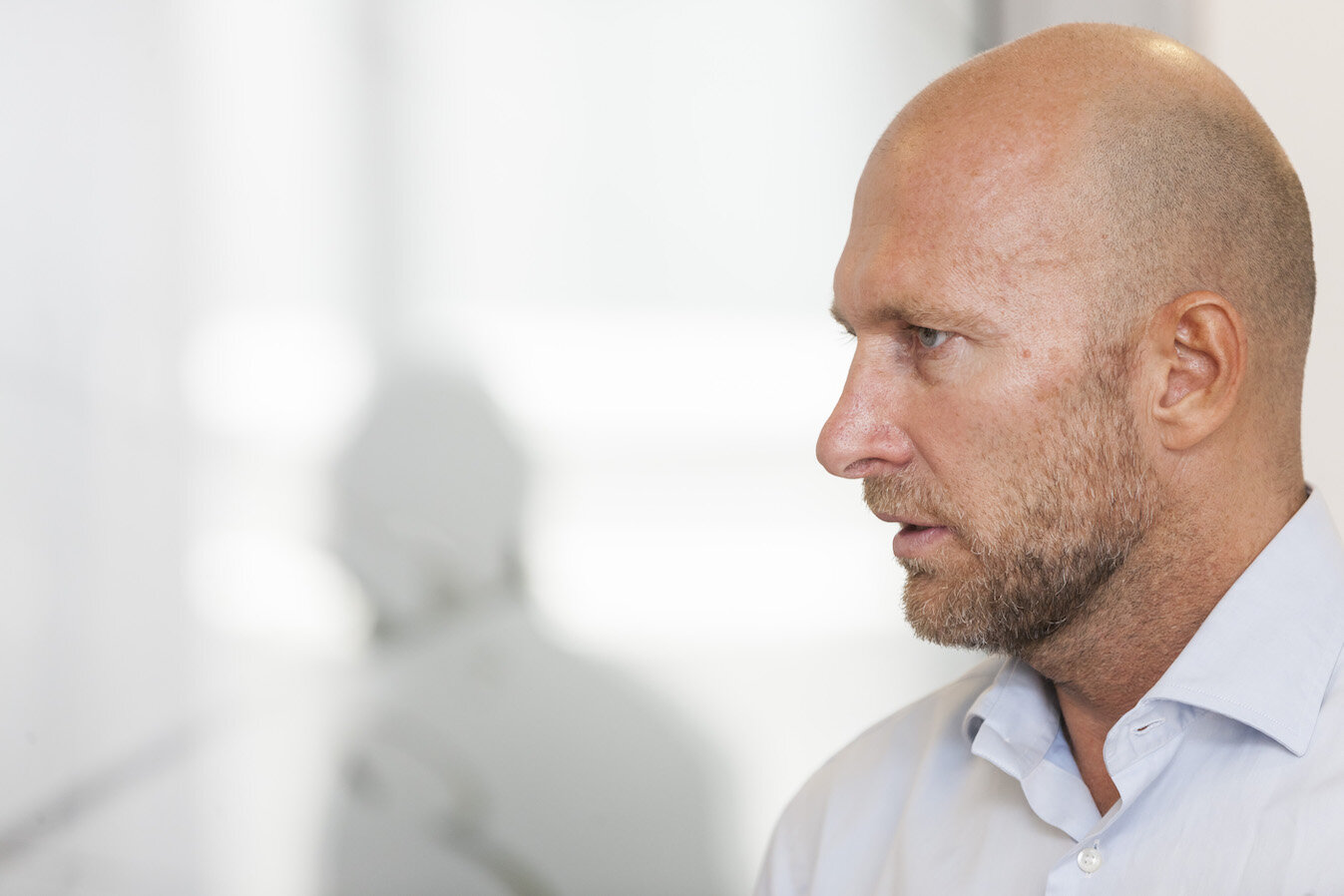Actions best performed in disguise
A traditional film and broadcast craft is undergoing radical re-composition to extend reality.
It can seem that the future is now… and we are suffering from it.
So it’s a welcome escape to tell the story of a highly positive future-focused technology that is starting to revolutionise how broadcast live action and film effects are produced. It could even have radical implications for the corporate and education sectors.
The world of green screen processes, or chroma key as it is more formally called, has been with us a long time. There is expert skill involved in seamlessly matting together a composition of multiple visual elements so that a virtual world comes alive and we are either none the wiser or simply left admiring an impossible, but highly believable, fantasy.
That said, there’s also a lot of creaky visual effects that can also be put down to the basic limitations of green screen. But that could soon be the past if one of our winners in the Cresta Awards, disguise XR fully takes off.
Marco Borsato’s record-breaking run of shows at the De Kuip stadium in the Netherlands saw XR integrate video and live feed to excite the 250,000 fans. Photo: Jorit Lousberg
The team at disguise specialise in tools that help creatives collaborate across the film and broadcast world. The XR product (XR standing for ‘extended reality’) is a technology that has emerged from looking at the way production happens, particularly broadcast and other live events, to create alternative or immersive environments.
‘We’ve been doing video-mapping for a long time with projection mapping. XR makes use of same tech and now puts that alongside camera-tracking and realtime content rendering with our own software workflows to pull this all together in a seamless virtual world,’ says Peter Kirkup, global technical solutions manager at disguise.
The objective is in part to replace the green screen workflow, which is alienating for the performer,. As Kirkup says: ‘It doesn’t feel natural, the lighting cuts the performer out from the space because it has to in order for the colour key to work and so on… there’s an awful lot of compromises in that kind of workflow.’
Disguise XR works by taking the technology pieces in the company’s existing workflow tools and amalgamating them as one deliverable piece, which allows users to replace green screen workflow with something more technologically advanced that is much easier to produce in. The performers work with projections on screens around them that make their work altogether more natural in the space, and the lighting can be natural.
The technology has been applied to live broadcasts, such as sports and concerts, along with major movies.
Where complex surfaces are in shot, such as glass and mirrors, green screen can be highly problematic, requiring the painting out of many reflections. With disguise XR, the real-time projections of the backgrounds that should be there create correct reflections and no need for later clean-up, while also enhancing the experience for performers.
The technology is still developing, as are the clients. With a background coming out of live entertainment, and some big-screen application, there is also the games world, along with corporate and education to conquer. Part of the challenge disguise is tackling is to ensure the technology is ‘agnostic’ when it comes to what content engines it works with.
Augmented reality elements and other layers are seamlessly integrated via XR within stadium shows for leading Korean boy band BTS
‘We are working on implementing other content engines like the Unreal and Unity gaming engines to allow our users to work in this workflow, with these tools, opening it up to whatever content engine makes sense for them,’ Kirkup explains. ‘That allows our user base to be creatively free. So they could create a scene for the background in Unreal but then have a Unity character come and interact with it.’
Kirkup continues: ‘We have also seen applications for this in the E-Sports market and in corporates, and in education even. There are set ups where this is being used for e-learning, remote teaching, putting the students on to the LED screen in the virtual environment, to interact with the tutors as if they are in the teaching space. It’s good for both students and teachers: the teachers in e-learning can feel they are presenting to a dead room but with this technology in this ‘space’ they can have live feedback, see the faces of the students and sense if they are understanding what is being taught, while the students can instantly raise a question. It’s a much more immersive experience.
‘We’re seeing great synergies where the learning we are putting in from the film and broadcast space is helping further our effort in the corporate and education. The breadth of the application of the technology is helping its development.
‘We love to hear customers’ plans and how we can work alongside them. This is a technology we are still very much innovating.’
The launch of the Pakistan Super League cricket tournament saw XR integrate the real and the virtual in a live broadcast














